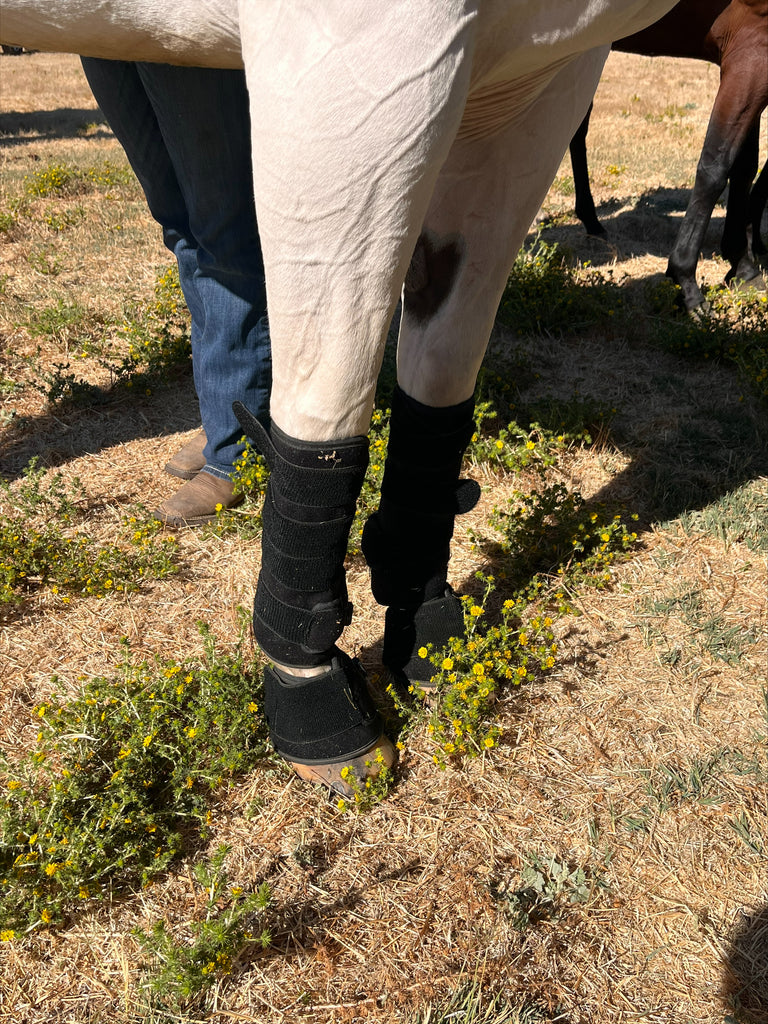How Red Light Therapy Aids Pets in Healing from Wounds and Injuries?
Posted by GEGARY

How red light therapy helps pets heal from wounds and injuries?
Red light therapy (RLT) helps pets heal from wounds and injuries by using specific wavelengths of light to stimulate natural cellular processes that accelerate tissue repair, reduce inflammation, and promote faster recovery. Here’s how it works in detail:
1. Cellular Energy Boost
Red light therapy works by penetrating the skin and reaching damaged tissues where it is absorbed by the mitochondria in cells. The mitochondria are responsible for producing adenosine triphosphate (ATP), the energy source that fuels cellular activities. By increasing ATP production, RLT energizes cells and accelerates the healing process, allowing tissues to repair and regenerate more quickly. This is especially beneficial in wounds, cuts, or injured areas.
2. Increased Collagen Production
RLT stimulates the production of fibroblasts, which are the cells responsible for collagen production. Collagen is essential for tissue repair and wound healing because it helps in rebuilding the skin and underlying tissues. This leads to quicker wound closure and stronger, more resilient tissue formation. The therapy also minimizes scar formation and enhances skin regeneration in pets with injuries or surgical wounds.
3. Reduction of Inflammation
Inflammation is a natural response to injury, but excessive inflammation can delay healing and cause discomfort. Red light therapy reduces inflammation by lowering the levels of pro-inflammatory cytokines while promoting anti-inflammatory processes. By controlling inflammation, RLT reduces swelling, pain, and the risk of infection in wounds, allowing pets to heal faster and with less discomfort.
4. Improved Blood Circulation
Red light therapy enhances blood flow to injured areas by stimulating nitric oxide production, which dilates blood vessels. This increased circulation delivers more oxygen and essential nutrients to the wounded tissues, promoting quicker healing. Improved blood flow also helps to remove waste products from the injury site, further aiding the healing process.
5. Enhanced Tissue Repair and Regeneration
RLT promotes cellular repair by increasing the activity of various growth factors, including those that aid in tissue repair and regeneration. This helps injured tissues such as muscles, tendons, and ligaments to recover more quickly and efficiently. In pets with deep or chronic wounds, red light therapy supports the body’s natural repair mechanisms, encouraging faster tissue regeneration and recovery.
6. Pain Relief
In addition to speeding up tissue repair, RLT provides pain relief by reducing the transmission of pain signals to the brain and promoting the release of endorphins, the body’s natural painkillers. This makes it a valuable therapy for pets dealing with acute pain from injuries or surgery, as well as those with chronic pain conditions.
Research and Studies:
- Wound Healing in Dogs: Studies have shown that dogs treated with red light therapy after surgery or injury exhibited faster wound closure, reduced inflammation, and less scarring compared to untreated dogs. One study in particular found that dogs with surgical wounds healed significantly faster with red light therapy.
- Equine Studies: Horses treated with RLT for soft tissue injuries also showed accelerated recovery and better wound healing outcomes due to increased collagen production and enhanced circulation.
Conclusion:
Red light therapy is a safe and effective way to help pets heal from wounds and injuries. By boosting cellular energy, improving circulation, reducing inflammation, and promoting collagen production, it accelerates the healing process and provides pain relief, making it a valuable tool in veterinary care for injured or post-surgery pets.

